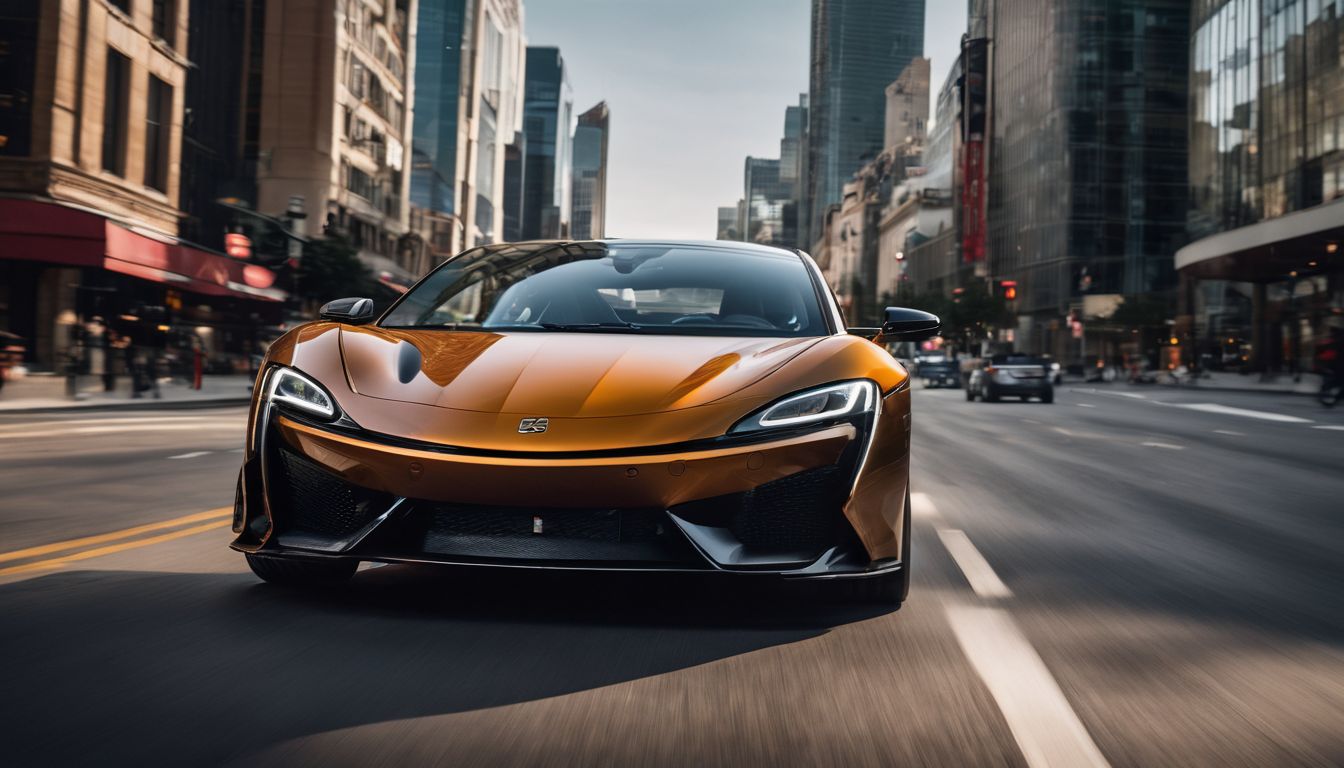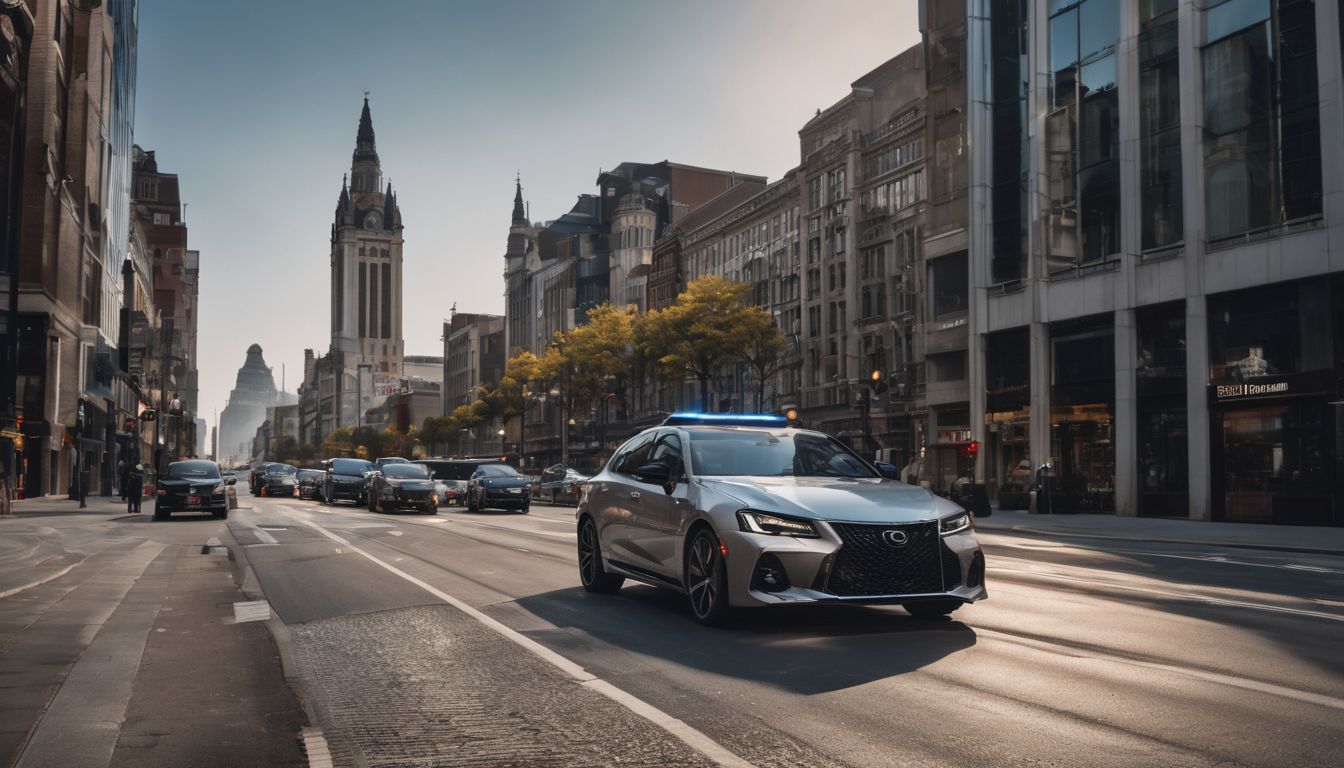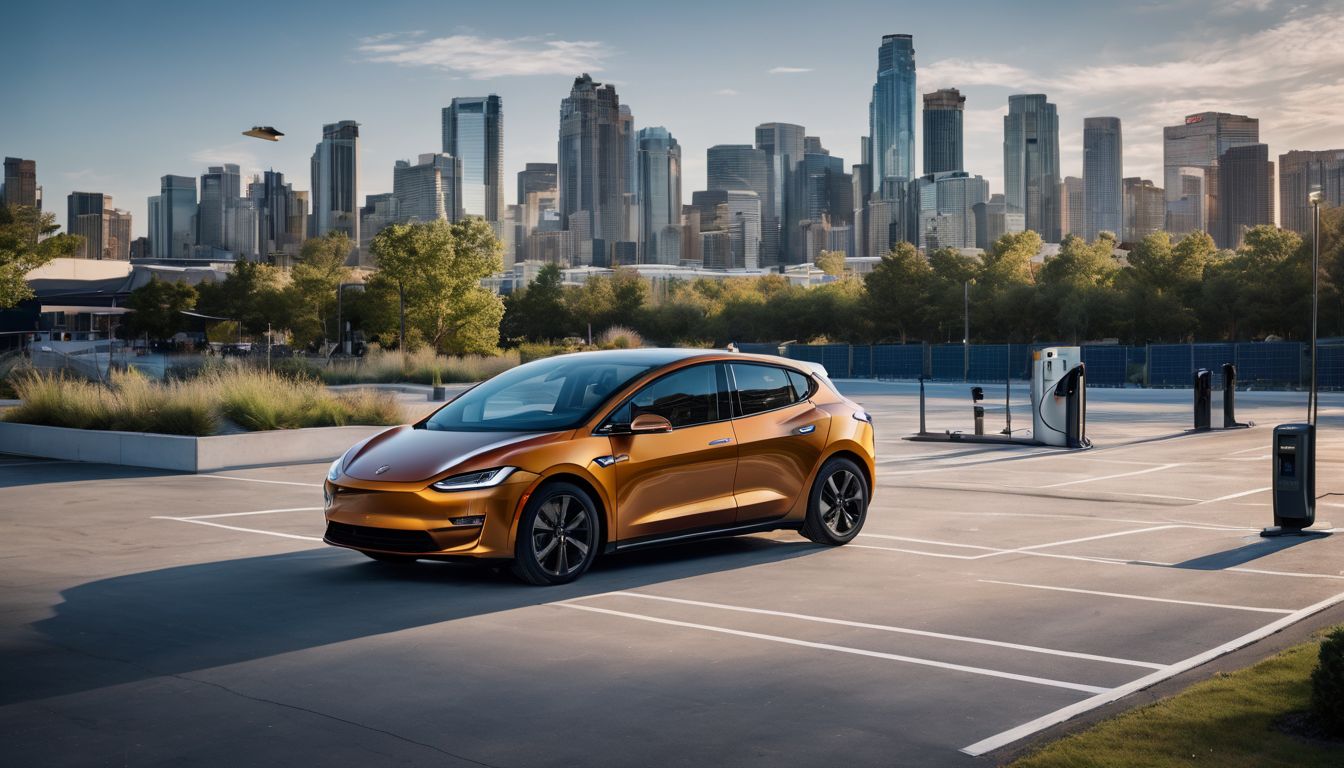Hybrid buses are now appearing all over the country, from big city transit systems to college campuses, and they represent a significant advancement in environmentally-conscious transportation. While most of the country’s buses do not use this new technology, the trends are quickly changing—almost 20% of New York City’s fleet of buses are hybrids.1 They look similar to standard buses, but are different in a few keys ways which make them both more efficient and quieter than any bus that you’re used to.2
How do Hybrid Buses Work?
When you think about hybrid vehicles, your mind probably conjures up a picture of a Toyota Prius or some other hybrid car – definitely not a big bus. Hybrid cars have received much more attention than hybrid buses, for the simple reason that cars are marketed toward the general public through commercials and billboards, whereas buses are not. Despite the different markets for these vehicles, they work in much the same way.3
Hybrid buses still have a regular combustion engine, but one that is much smaller than the standard models used in other buses – in fact, it’s about the same size as the engine found in a heavy-duty pickup truck!4 This is because the engine is not responsible for providing 100% of the vehicle’s power, rather, a good portion of it comes from the bus’s battery. Electric power is used for high-intensity tasks such as accelerating from a standstill, and the combustion engine kicks in later to provide a boost and to re-charge the battery.5 Additional energy generated through the braking system goes back to the power supply as well, usually located on the roof (this is why many hybrids have a raised portion on top).
Benefits of Hybrid Buses
Hybrid buses are designed to rely less on a combustion engine, thereby consume less fuel and produce lower levels of greenhouse gas emissions (GGEs). It is difficult to find standard figures on fuel savings, as local transit authorities operate different bus models on different routes and terrains. However, studies indicate that the average fuel economy advantage is in the range of 25-50%.8 For example, hybrid buses in New York City average four miles per gallon (MPG), which doesn’t sound very impressive until you compare it to the 2.75 (MPG) achieved by their full-diesel counterparts.9
Beyond the environmental impact, these buses are already helping cash-strapped state and local governments by generating lower fuel bills. King County (covering the Seattle area) is introducing 170 new hybrids this year, which will supplement a fleet that already contained a good number of hybrid models. County Executive Dow Constantine said, “With today’s high fuel prices, our green fleet is going to save us more than $4.6 million by the end of the year.”10 Similarly, the Maryland Transportation Administration reports that each of its new hybrid buses brings a 20% savings in fuel costs, as well as less expensive maintenance and longer-lasting brakes.11 There are countless examples like these across the country.
Another benefit, and one that is often overlooked, is the fact that hybrid buses are quiet. They don’t come close to the near-silence of hybrid cars, but the relatively small engine means that these vehicles aren’t nearly as obnoxious as standard diesel buses.12 This provides a welcome relief to big-city commuters, who are already likely to be exposed to high levels of noise pollution [Jav, please insert hyperlink to Greeniacs Noise Pollution article] that can have harmful health impacts.
Downsides to Hybrid Buses
Despite all of the advantages, hybrid buses aren’t perfect. The large batteries on board must be replaced every six years, at a cost of around $60,000. Additional training is required for drivers as well, because these batteries are very powerful. As Joseph Smith of the New York Transit Authority says, “You’re not dealing with 12 volts or 24 volts, you’re dealing with 600 volts…You make a mistake – that could kill you.”13
But the biggest deterrent by far is the initial price tag. Hybrid buses generally go for $500,000 to $600,000, while comparable full-diesel models are about $200,000 less.14 That means that the buyers of hybrid buses – universities, cities, counties and states – are paying 30-40% more per bus, and it isn’t clear that hybrids save enough money over their lifespan to make up for the added expense.15
Support from the Recovery Act
How can it be that more and more transit authorities are investing in very expensive buses while budgets are being cut at all levels of government? The answer is found in the American Recovery and Reinvestment Act of 2009, more commonly known as the “stimulus bill.” The Act contained funds for a number of clean-energy items and assisted with the purchase of almost 12,000 buses, which have been ordered in small and large numbers across the country.16
Chicago, for example, used a large chunk of its stimulus funds to add 58 new hybrid buses to its fleet. Chicago Transit Authority president Richard Rodriguez explained why these buses were the perfect investment: “With the budget challenges we face we are constantly seeking ways to be more cost efficient. These hybrids represent significant savings.”17 The savings will come over the lifespan of the buses, through their lower fuel and maintenance bills.
Across the country, many cities are seeing the situation in the same way as Chicago, which helps to explain why the hybrid bus industry is booming. While hybrids existed in big cities before the Recovery Act was passed, there are signs that its support has helped make these buses available to a whole new segment of transit authorities and a larger portion of the general population. Hybrids are now starting to appear in places such as Lubbock, Texas, and Olympia, Washington – cities that have smaller transportation budgets than New York or Chicago and that could not have dealt with the up-front costs of hybrid buses on their own.18 Meg Kester, the Manager of Marketing and Communications at Intercity Transit in Olympia, summed up the situation: “We would not be purchasing at this time if it wasn’t for the stimulus money.”19
The hybrid bus industry would likely be growing without the support of the Recovery Act, but the funds provided by this legislation have accelerated its pace, allowing many more states, cities and counties to transition to hybrid vehicles earlier than they had anticipated. And now that they are experiencing all the benefits of hybrid buses, there is very little chance that they will go back to the old models. So next time you take the bus, look to see if you’re stepping into a hybrid and hopefully it will make for a much more enjoyable ride!




